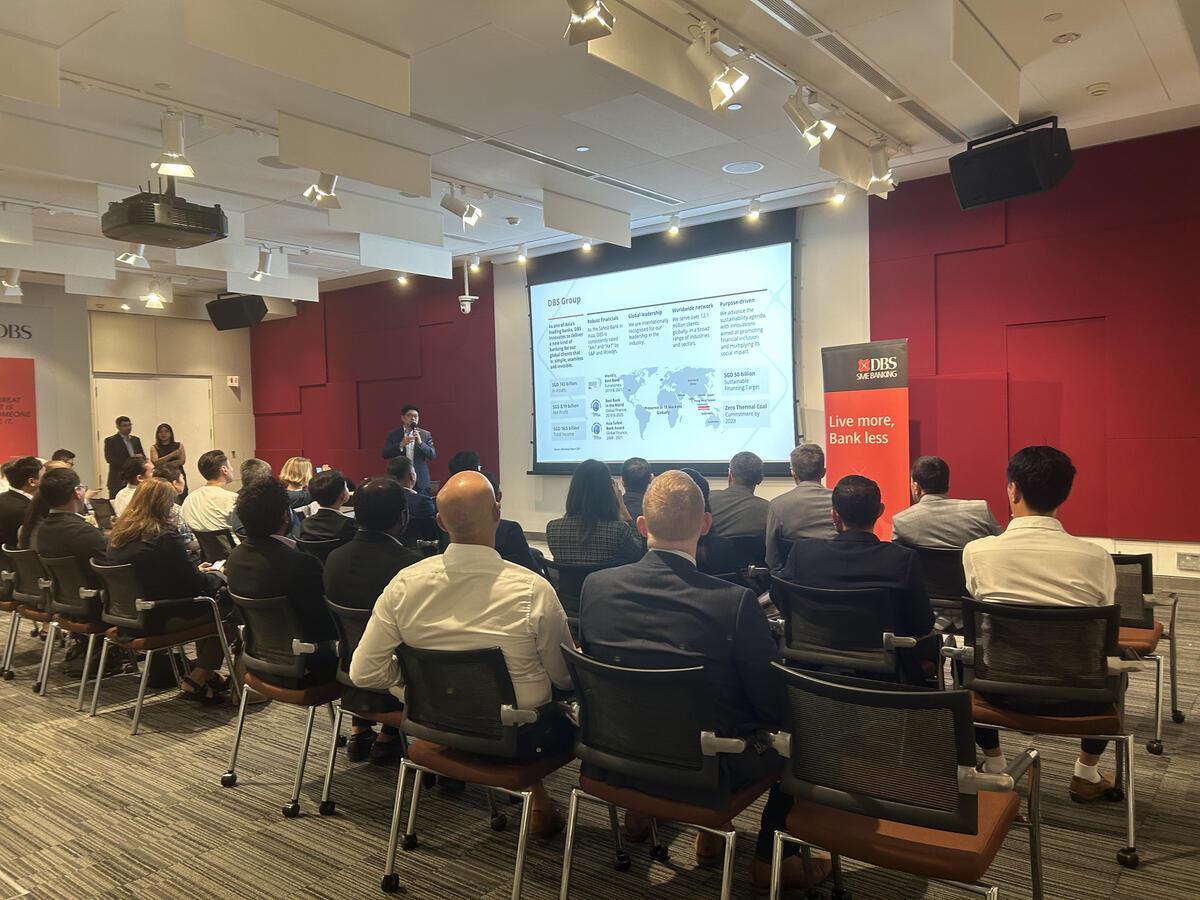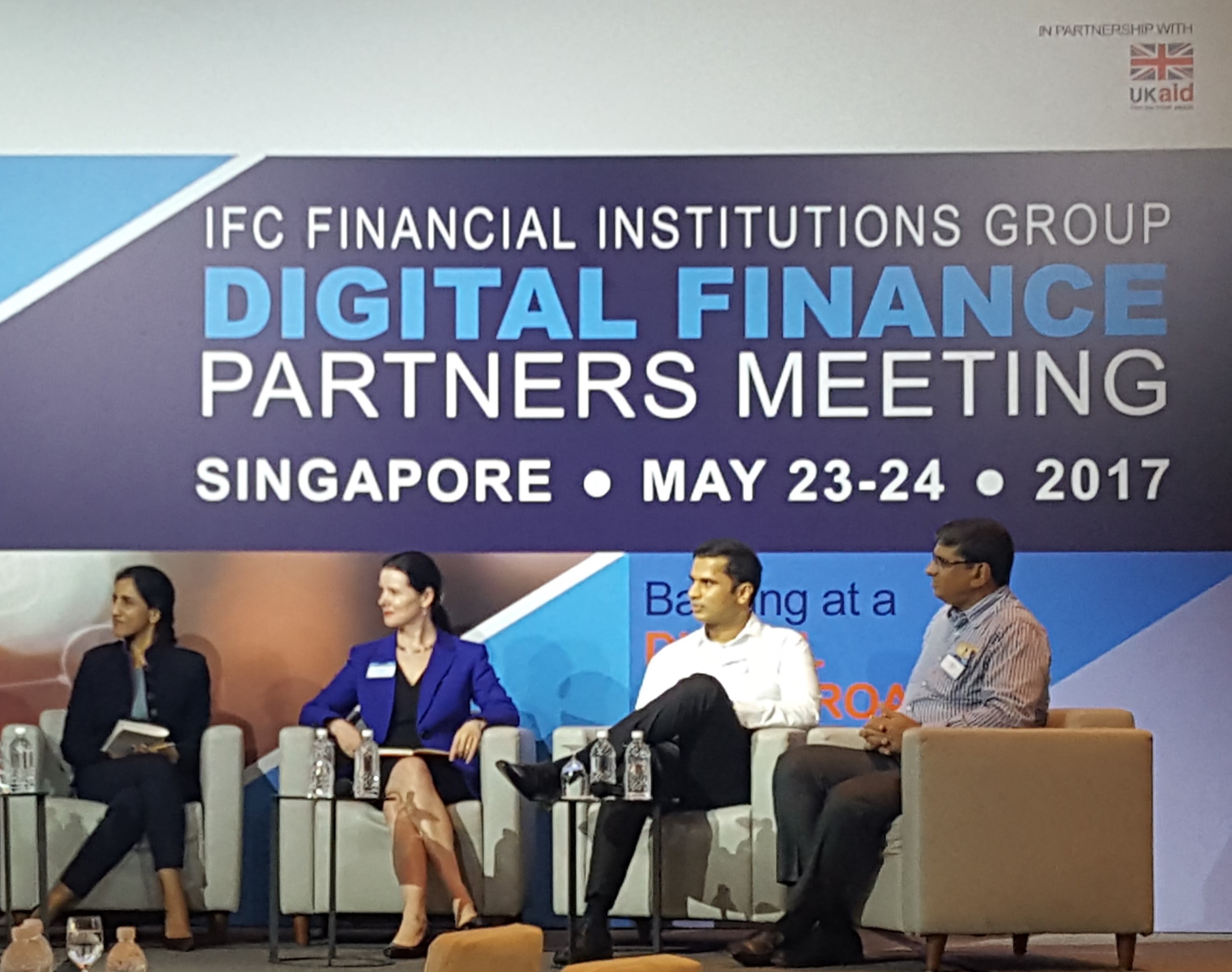Blog
Alternative Data Transforming SME Finance
Many traditional commercial banks consider small and medium enterprises (SMEs) to be high-risk clients, as well as high-cost clients to acquire, underwrite and serve. There is limited SME coverage by credit reporting service providers especially in emerging markets where SME informality is high.
While being able to analyze SME financial data was difficult in the past, digitized finance that makes use of transactional and alternative data is offering a new opportunity to address opaque credit and financial histories of SMEs. Every time SMEs and their customers use cloud-based services, conduct banking transactions, make or accept electronic payments, browse the Internet, use their mobile phones, engage in social media, get rated online, buy or sell electronically, ship packages, or manage their receivables, payables, and recordkeeping online, they create and deepen the digital footprints they leave behind. SMEs’ own, real-time, and verified data — unprecedented volume, variety, and velocity — also means more data can be used for credit decisions.
A rapidly growing group of technology-focused SME lenders are putting the use of alternative digital data, customer needs, and advanced analytics at the center of their business models, thereby setting forth new blueprints for changing the SME finance market. These new lenders are also often providing more transparent, faster, easier, and better-tailored financing solutions that today’s increasingly tech-savvy SMEs seek.
The report titled “Alternative Data Transforming SME Finance” looked at 800+ innovative digital SME lenders and digital commerce, payments and service providers in more than 60 countries. Here are some of the key findings:
- Banks have valuable data, but are often not using it: Banks have a highly valuable repository of SME data, including SME owners’ customers’ daily transaction data that provides reliable real-time visibility into SME cash flows and credit capacity. However, most banks lack the ability to create innovative SME lending models from it. The data often resides in a patchwork of legacy systems and data silos that make it difficult and costly to access. This gap has created an opening for digital SME lenders to capture this market segment and/or partner with banks to take advantage of these new models.
- Digital SME lenders are developing new relationships with SME customers and their data: In some cases, non-bank digital SME lenders insert themselves between banks and their SME customers, and forge fundamental changes in SME customer expectations. SMEs are embracing the digital world more and more every day. Increasingly, many SMEs are more tech-savvy, more sensitive to slower service and paper-intensive loan applications, and more willing to shop around for unmet and unserved financing needs.
- New SME digital data streams are becoming more readily available and accessible: Digital SME lenders leverage vast and expanding stores of data, including from electronically verifiable, real-time sales, bank account money flows and balances, payments, social media, trading, logistics, business accounting, and credit reporting service providers, as well as a wide range of other private and public data sources used in the SME credit assessment process.
- There are a wide range of digital SME originator lending business models: The new digital SME lending originator business models that take advantage of the expanding universe of SME digital data vary widely. This report highlights these business models, selected players, and the digital SME data they use. It includes marketplace lenders, tech, e-commerce, and payment giants which are extending SME lending into their non-banking digital ecosystems where they are already dominant. It also includes supply chain financing firms, mobile micro-lenders graduating to SME lending, and innovative banks.
- Digital SME lending is becoming more of a global trend: That these innovators are sometimes simultaneously launching nearly identical products in developed and developing markets alike demonstrates just how profoundly alternative data and technology are leveling the playing field. As such, they are enabling new digital SME lenders in many parts in the world to leapfrog traditional bank SME financing barriers.
- Digital SME lender-bank collaboration is also a growing part of the future of SME finance: Banks may have been blind to digital SME lenders at first, and digital SME lenders may have said they would replace banks. However, both parties now have come to a simple conclusion: there are limits to what each player can do on their own and there is strength in collaborating. Apart from partnerships with banks, some non-bank digital SME lenders are instead partnering with each other, tech giants, cloud-based SME service providers, or alternative lenders in other sectors. In other cases, they are securing their own banking licenses, suggesting some new non-bank digital SME lenders still plan to forge an alternate path, thereby bypassing traditional legacy banks altogether. A vital characteristic of these collaborations is a sharing of each partner’s SME digital data. This facilitates the development of new and innovative SME credit decision models and expanded access to credit.
- Access to data is no longer the problem in SME lending: Digital SME lenders have dispelled the long-held notion that SME lending is not achievable in a scalable, efficient, and profitable manner. In an increasingly digital economy, these lenders are beginning to demonstrate that access to data is unlocking many of the earlier challenges to expanding SME lending. The digital economy has also given rise to an ever-evolving set of value-added cloud-based services to help SMEs with their finances, business planning, productivity, legal issues, data backup and security, file sharing, web conferencing, website builds, online marketing, business training, e-commerce, payments, loyalty programs, business intelligence, and more. To increase customer engagement and help their SME customers be more successful, banks and other SME lenders have started partnering with these platforms to offer SMEs these applications individually, together, or wrapped up with other core products and services.
- However, access to data for SME lending brings new challenges: With the abundance of alternative data, there are new issues of what to use, how to use it, and how to do this responsibly — while also respecting privacy and other important rights of SMEs. These new entrants bring new complexities, risks, and ways of thinking about the SME financing value chains, as well as new agenda items for policymakers and regulators.
This new generation of digital SME finance and data innovation is transforming the future of SME finance. This report takes stock of the range of data, the range of institutions using the data and considers the opportunities alternative data presents to narrow the financing gap for SMEs. It also notes the new issues and potential risks raised by this massive increase and diversification of data supply to financial sector stability, and to consumer protection.
Any venture such as this is by its nature a collaborative effort guided by the valuable insights and expertise of our many reviewers along the way. We thank them and the Global Partnership for Financial Inclusion (GPFI), the SME Finance Forum, the World Bank Group, the German Government, the Silicon Valley Community Foundation, and the Swiss State Secretariat for Economic Affairs (SECO) for undertaking and supporting us in the development of this report.
























